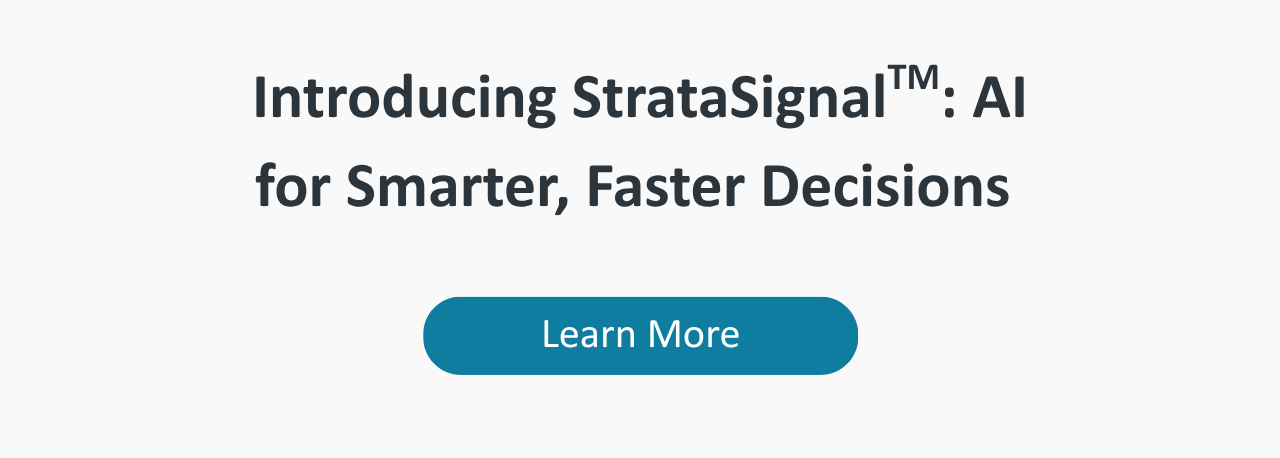Amid rapid technological advancements, shifting workforce expectations, and economic volatility, financial institutions must constantly adapt to remain competitive. Leaders at banks and credit unions face growing challenges, from grappling with interest rate changes to pursuing organizational growth through mergers and acquisitions. Addressing these complexities requires a willingness to embrace new tools, reevaluate profitability models, and intentionally cultivate a resilient corporate culture.
To explore these issues, a panel of executives from financial institutions around the country shared their insights on how they approach talent retention, technology adoption, market consolidation, and more. Their experiences highlight innovative strategies and best practices that can help leaders navigate uncertainty while positioning their institutions for long-term success.
1. Talent acquisition and retention
Financial institutions struggle with attracting and retaining talent who possess the right combination of technical proficiency and financial acumen, especially as competition from companies offering more flexible remote and hybrid work options narrows the available talent pool. In some locations, high living costs further complicate hiring efforts, with fewer professionals willing to relocate or commute. These factors have spurred finance leaders to rethink their talent strategies and explore new ways to build and sustain a skilled workforce.
Launching internship programs has yielded positive results for some. Cristina Frias, Chief Transformation Officer at BankUnited, shared that her institution partners with universities to cultivate a steady pipeline of young talent by offering scholarship packages that include a paid summer internship. The program introduces interns to a variety of financial roles as well as other disciplines throughout the institution that they otherwise might have difficulty gaining exposure to. By allowing them to find a role that best suits their interests, the institution increases the likelihood of retention.
“On average, for the last couple years, we have kept anywhere from 60% to 70% of the interns that come through the door,” Frias said. “They end up staying with us long term. It’s been a fantastic way for us to attract young talent.”
American National Bank of Texas has also seen great success with its internship program. “We’re three for three this year for bringing in and keeping interns on the accounting team,” shared Enrique Gonzalez, Vice President and Assistant Director of Finance.
2. Corporate culture and employee engagement
While internship initiatives have been effective in bringing in fresh talent, keeping a workforce engaged beyond their initial training remains an ongoing concern. Sustaining employee engagement now requires a combination of meaningful incentives and a strong corporate culture that resonates with a diverse workforce.
Since all financial institutions have similar job functions, it’s important that their leaders foster a strong culture to distinguish them for employees and potential employees, said Eddie Fleming, Vice President and Financial Systems and Budgeting Manager at SouthState Bank, headquartered in Florida. For the most part, “we all do the same thing,” he said. “So really embracing a corporate culture is huge, and it’s been a big game changer for us.
Some institutions have increased engagement and accountability by linking incentive programs to financial performance. This encourages employees to take ownership of their roles and directly contribute to organizational success.
“The moment you tie something to an incentive, everybody has their eyes on it and asks the provoking questions,” said Frias of BankUnited. “They’re so engaged in the whole process. They want to be part of the discussion as to why things are the way they are and where we could make changes.”
3. Technology adoption and AI concerns
Financial institution leaders see potential in artificial intelligence (AI) and automation to enhance efficiencies and improve decision-making, but adoption comes with significant challenges. Organizations must carefully navigate regulatory requirements and internal audit controls to successfully implement AI-driven solutions.
“Overall, ChatGPT really helps us with coding languages, Excel formulas, and turbocharging some of the queries we’re able to do in Axiom without utilizing any customer data or any of the bank’s production data,” said Gonzalez of American National Bank of Texas. “I’m hopeful that auditors and regulators can figure out a good method for us to start deploying these tools a bit more robustly internally and possibly externally.”
Beyond regulatory concerns, AI has changed the hiring landscape. Banks now see more candidates using AI tools during interviews, which can hinder accurate skills assessment. Employers must determine how to evaluate a candidate’s true capabilities when AI-assisted responses can shape their answers.
As AI continues to evolve, financial institutions will need to develop frameworks that allow them to take advantage of AI capabilities while meeting regulatory requirements and accurately evaluating talent.
4. Profitability analysis in a volatile interest rate environment
Current uncertainties in the interest rate environment require financial institutions to rethink profitability analysis. To better manage funds transfer pricing (FTP), some organizations have extended the period over which they take their indexes, now looking at 24- to 36-month timeframes. This adjustment allows them to incorporate lower historical rates, helping stabilize income statements for deposit-heavy banking centers.
However, relying solely on longer averaging periods is not a perfect solution, and banks must find new ways to segment deposits and understand their value over time. Gonzalez explained that American National Bank of Texas uses stable versus non-stable methodologies to examine deposit accounts.
Some institutions, such as Ent Credit Union, have adopted a “new money vs. old money” framework, where non-maturity deposits that have been consistently maintained for years are treated differently from recently acquired funds, said Greg Smith, the institution’s Director of Financial Systems and Analytics. Other banks further segment deposits by industry and customer behavior, recognizing that different sectors exhibit distinct characteristics and seasonality.
Beyond methodology shifts, institutions must also address the challenge of measuring profitability across multiple geographic markets. “We’re trying to measure profitability down to 40 different markets, because one of our big core values is local market leadership,” said Fleming of SouthState Bank.
Ultimately, leaders must determine whether their FTP models overvalue or undervalue deposits and how those valuations impact lending strategies and overall financial performance. The conversation around profitability is no longer just analytical; it directly influences decision-making, incentive structures, and long-term strategic planning.
5. Market consolidation and scaling challenges
Over the past 40 years, the number of commercial banks in the U.S. has declined by more than 70% as banks pursue mergers and acquisitions to achieve greater scale.
“When the opportunity is right, we look to purchase another company, reduce costs as much as possible, and then take the revenue and reinvest it back into technology in order to scale up,” explained Fleming.
While these growth strategies provide opportunities for expansion, they also introduce significant integration challenges. When institutions with distinct operational philosophies and leadership styles come together, leaders must align corporate cultures and maintain employee engagement through the transition. Institutions that successfully navigate these changes prioritize clear communication and relationship-building.
“Just go talk to people,” said Fleming, reflecting on SouthState leadership’s efforts to manage the recent acquisition of Texas-based Independent Bank Group, Inc., which grew the institution from $45 billion to $65 billion in assets. “Get that face-to-face interaction, spend time with people, go out to dinner, and just reach out and listen. That’s huge in terms of building relationships, culture, and trust.”
Financial institutions also can find growth opportunities outside of mergers and acquisitions. “For us, it’s been more of an organic expansion,” said Frias. “We find either complementary segments or expand our teams into different geographies that we haven’t explored before.”
BankUnited has also created spin-off businesses in areas where leaders see an opportunity to expand a core offering or create a new solution for a particular segment. “That’s been one way we continue to grow without having to go through traditional M&A activity,” Frias said.
To keep pace with the evolution of the banking industry, financial institutions must embrace the ability to adapt and innovate. With a proactive approach to talent acquisition, technology adoption, and profitability analysis, financial institution leaders can drive growth in a quickly changing industry.
To learn more about current industry trends and priorities from other financial institution leaders, read Strata’s 2025 CFO Outlook for Financial Institutions report.
More resources for financial institutions

Overcome the Challenges of Managing Complex, Multi-Year University Commitments

Top 10 Financial KPIs to Track Higher Ed Success



